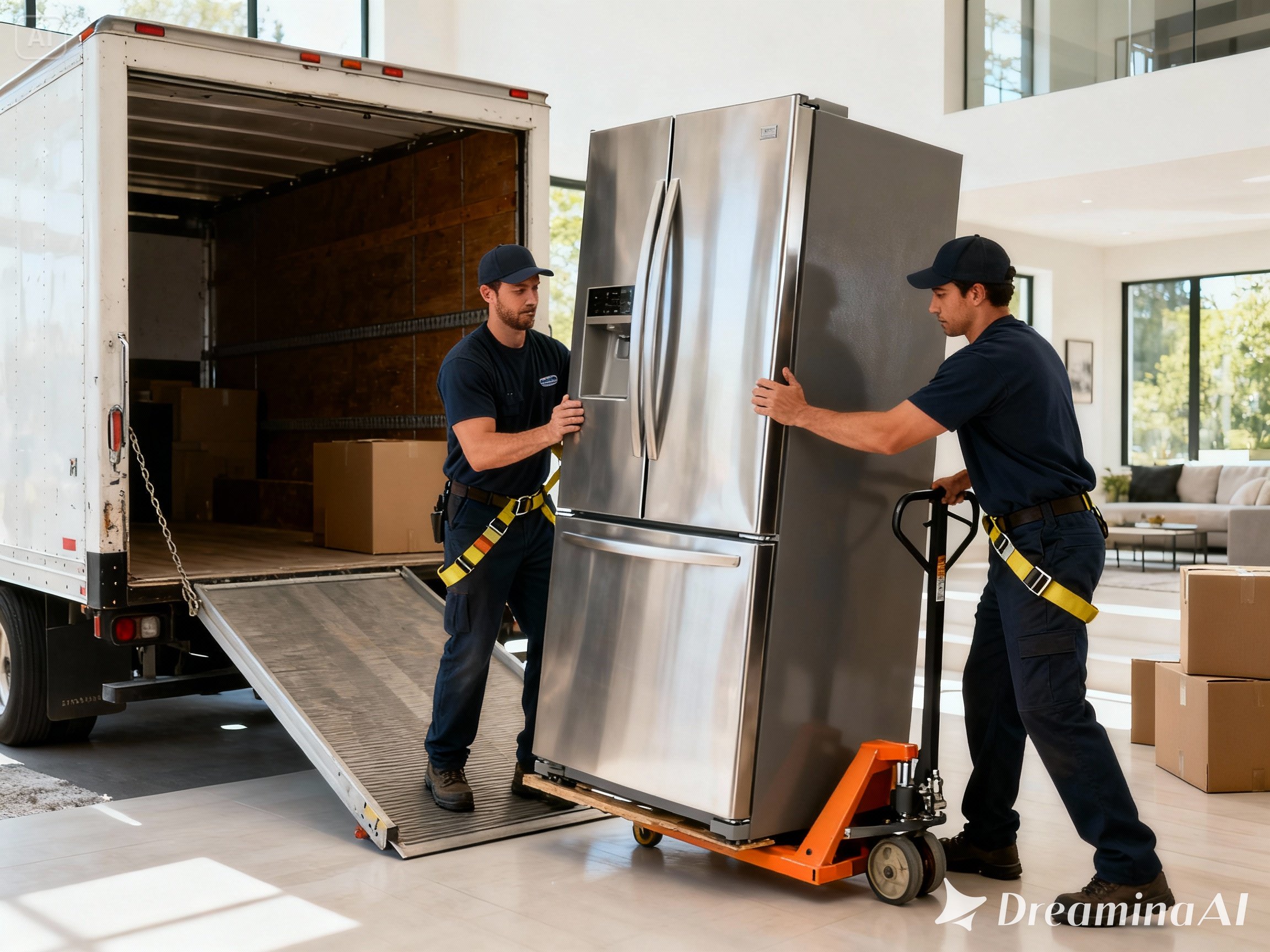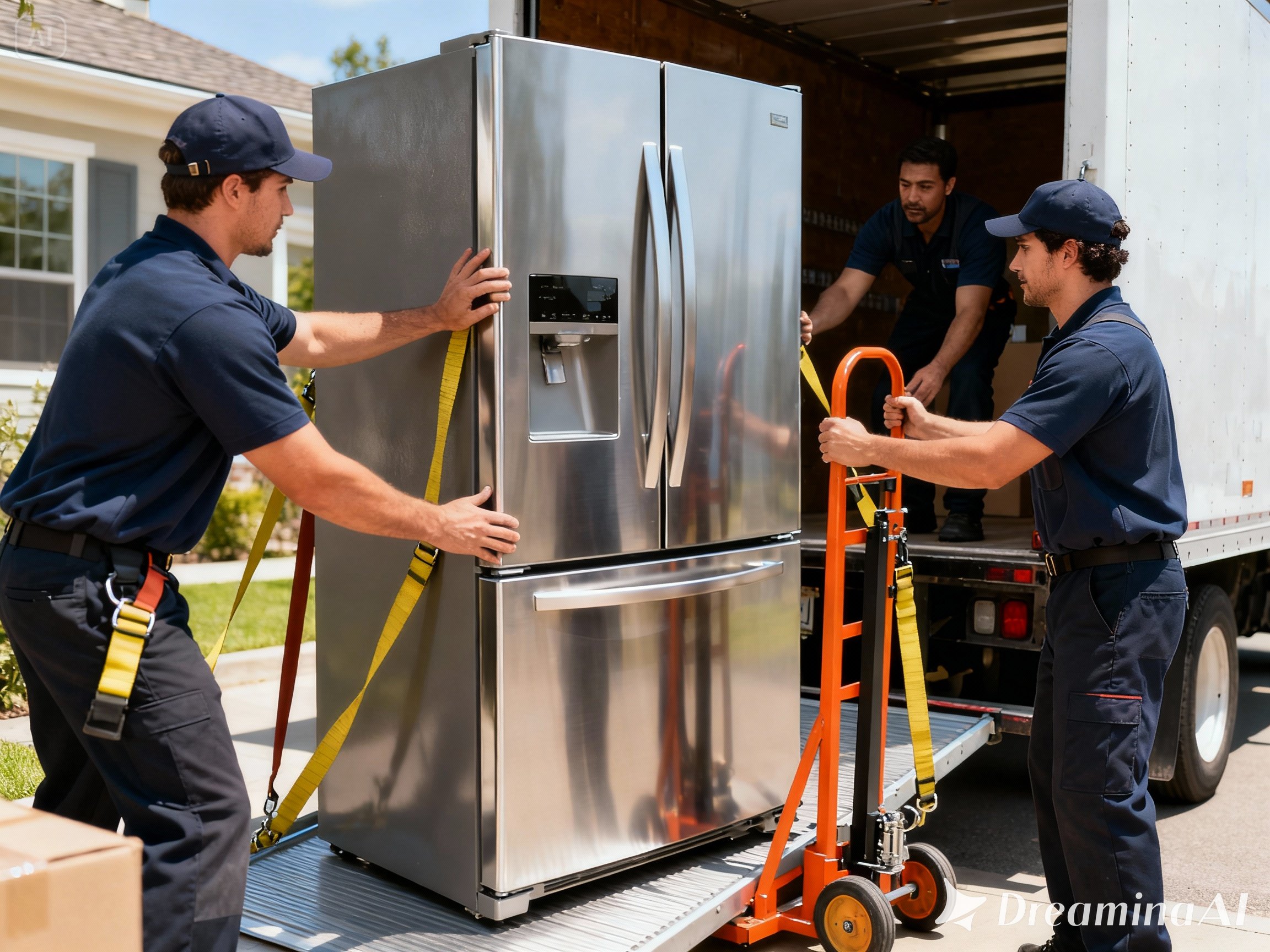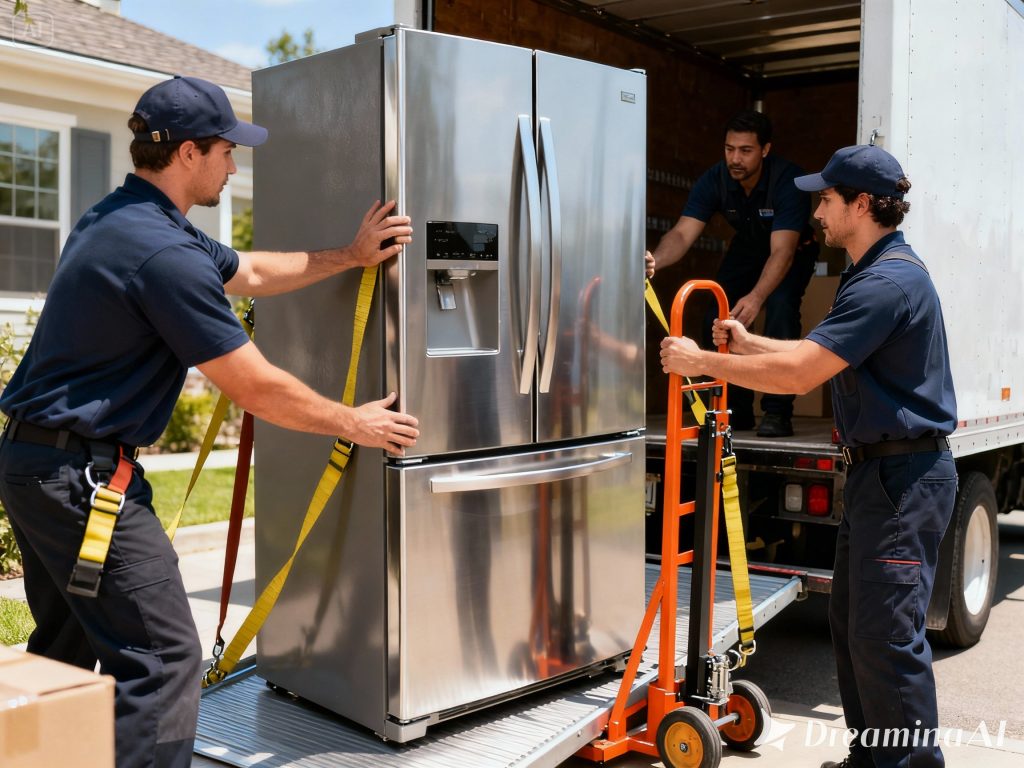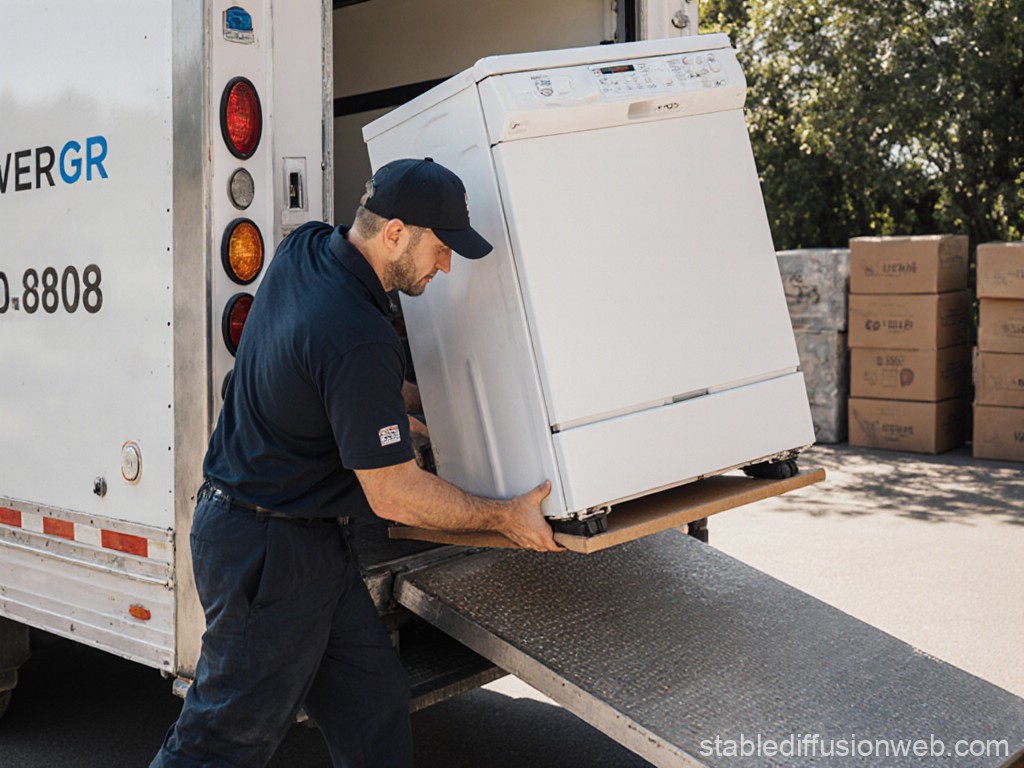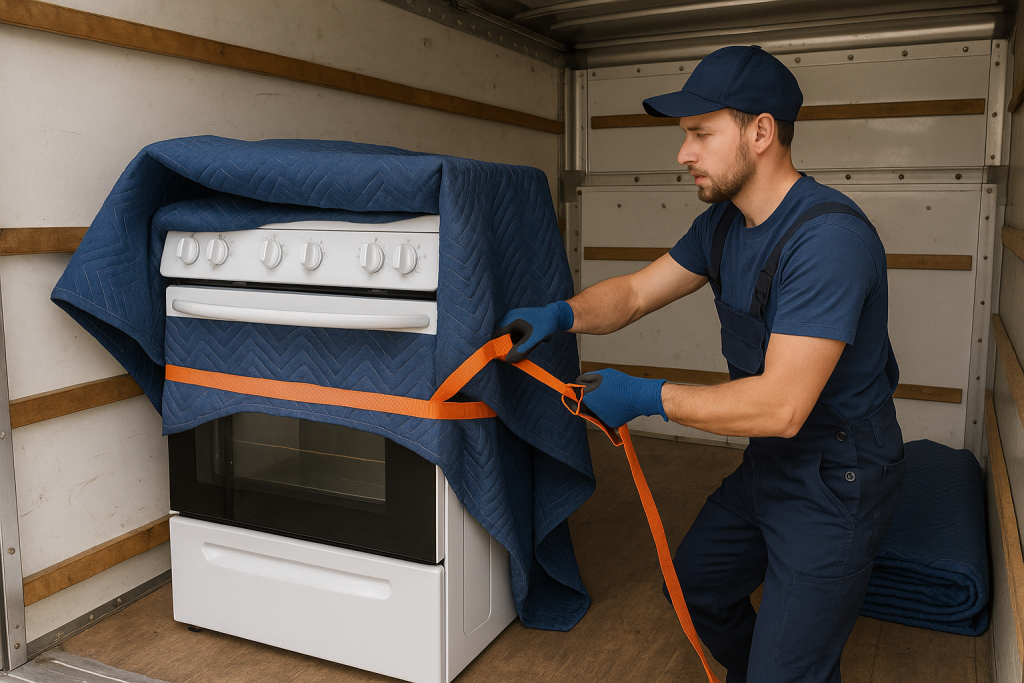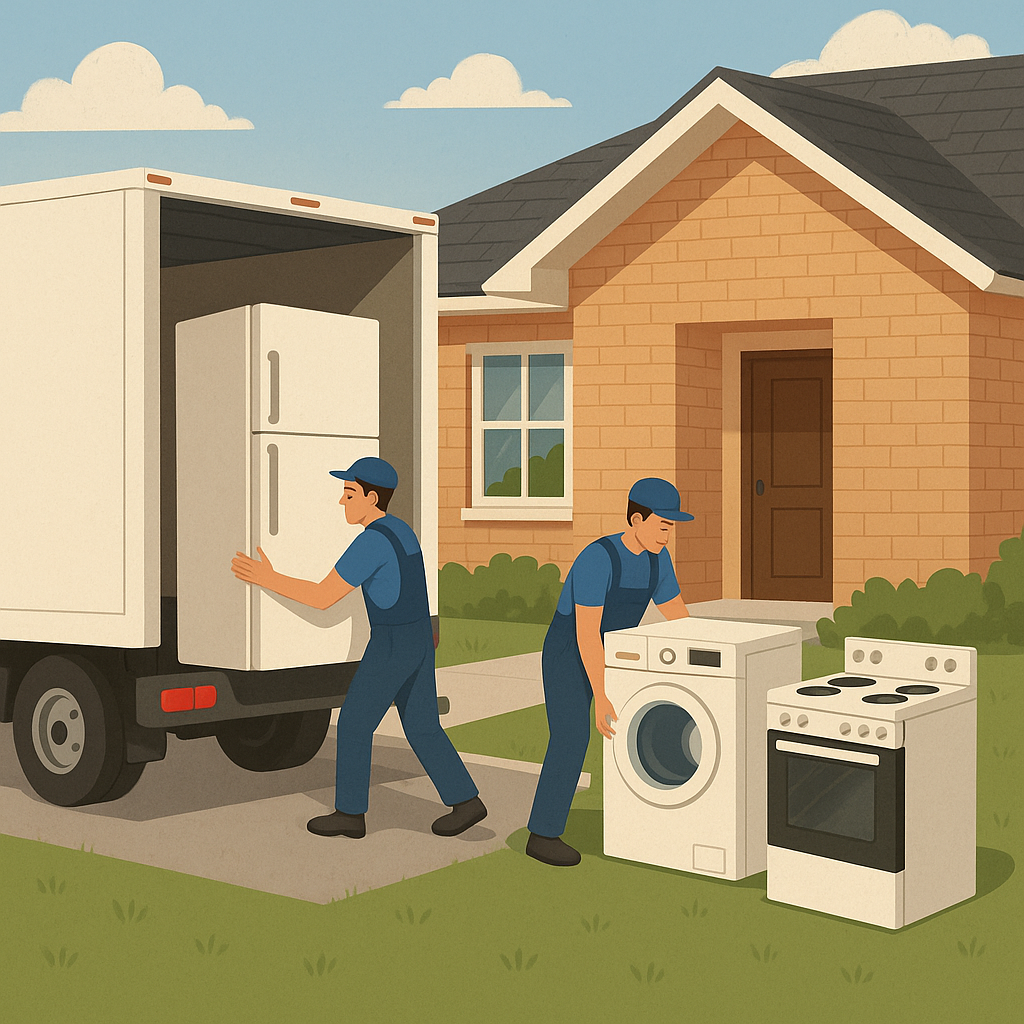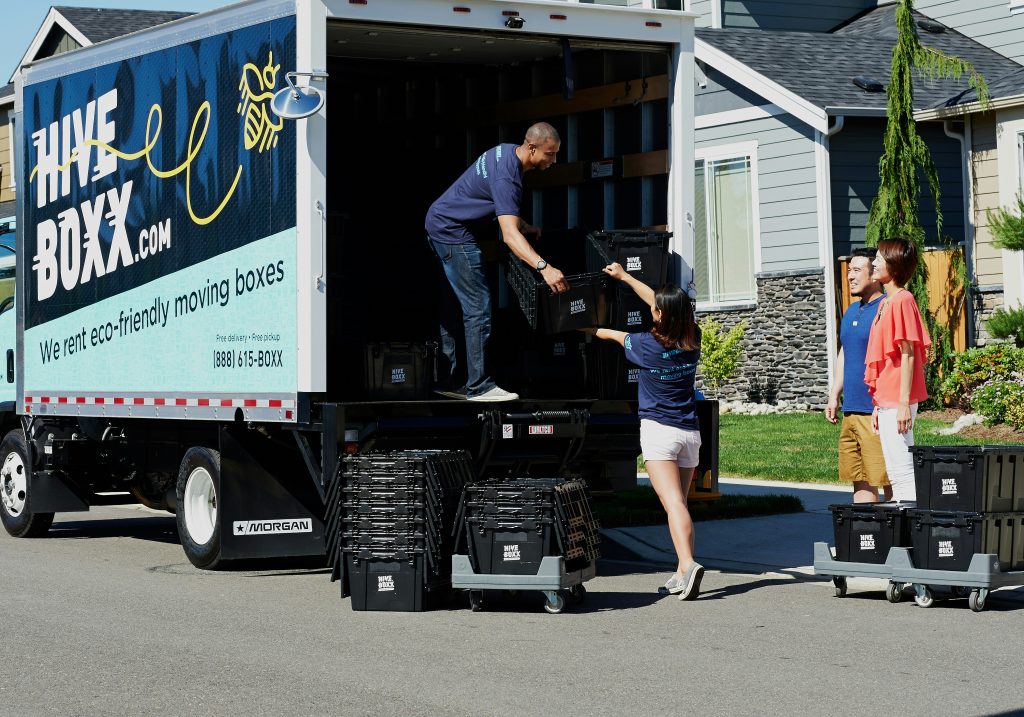Simplify Your Move: Smart Solutions for Moving Appliances Safely
Moving an appliance is one of the most complex parts of relocation. These machines are heavy, valuable, and sometimes fragile. Whether it’s your washing machine, refrigerator, or oven, you can’t afford mistakes. Professional appliance movers are trained to handle these challenges. With the right appliance moving service, your move becomes simple, organized, and damage-free.
Why You Need Experts for Moving Appliances
When you move, it’s tempting to handle everything yourself. But moving an appliance is different. These items have water lines, electric cords, and fragile parts. Mishandling them can cause costly damage or even injury.
Here’s why hiring professional appliance movers near me is the smart move:
- They use the correct tools and lifting equipment.
- Movers know how to protect fragile parts.
- They manage disconnection and reconnection.
- You save time and avoid physical strain.
Whether it’s a home or business, trained appliance movers make the process faster and safer.
Easy Preparation Steps Before the Move
Before your movers arrive, follow these simple steps for smooth appliance moving:
- Clean and Dry: Ensure your appliances are clean and dry.
- Disconnect Properly: Turn off power and water lines safely to prevent accidents and potential damage.
- Defrost the refrigerator at least 24 hours before moving.
- Secure Doors and Cords: Tape them to avoid swinging.
- Label Everything: Mark cables and hoses for easy reinstallation.
With these steps, your appliance movers can begin work immediately.
Finding Reliable Appliance Movers Near Me

When searching for appliance movers near me, focus on experience and reputation. A good appliance moving company knows how to handle both large household and commercial appliances.
Here’s what to look for:
- Licensed and insured movers.
- Modern equipment and protective materials.
- Experience with heavy appliance movers near me services.
- Transparent, upfront pricing.
Checking reviews and credentials helps ensure you’re working with trusted professionals.
Heavy Appliance Movers Near Me – Moving the Big Stuff Right
Heavy appliances such as stoves, dryers, and refrigerators require careful handling. Lifting them without the proper tools can cause injury or damage to property. Heavy appliance movers near me utilize advanced equipment and safety gear to ensure a smooth relocation.
They typically use:
- Moving straps for balance and control.
- Furniture dollies for smooth transport.
- Padded covers to protect appliance surfaces.
Their experience makes moving large machines effortless and worry-free.
Appliance Moving Service for Every Need
Whether you’re upgrading your home or relocating a business, a professional appliance moving service offers tailored support for every situation.
Residential Appliance Moving Includes:
- Kitchen appliances movers for stoves, ovens, and dishwashers.
- Washer and dryer relocation.
- Careful delivery and setup in your new home.
Commercial Appliance Moving Includes:
- Commercial appliance movers handle industrial equipment.
- Safe transportation for heavy, high-value items.
- Fast turnaround to reduce downtime.
From home kitchens to restaurant setups, experts handle every move with care.
Why Choose a Professional Appliance Moving Company
There’s no substitute for experience when moving delicate machines. A professional appliance moving company offers many benefits:
- Reduces risk of damage and accidents.
- Saves time with organized packing and transport.
- Ensures safe lifting with specialized gear.
- Provides insurance for extra protection.
- Handles both residential and commercial appliance movers’ needs.
Professionals don’t just move your appliances—they protect your investment.
What to Expect on Moving Day
When you hire experts for appliance moving, the process is efficient and straightforward.
- Inspection: Movers inspect each appliance to ensure safe handling.
- Preparation: Appliances are disconnected and secured.
- Loading: Items are lifted using proper tools.
- Transport: Trucks with straps and padding prevent movement.
- Setup: Movers reinstall and test appliances at your new location.
Every step focuses on safety, care, and speed.
Quick Checklist for Moving Appliances
Before your movers arrive, double-check these essentials:
- Clear all pathways.
- Remove obstacles near doorways.
- Keep cleaning supplies handy.
- Prepare a list of items to be moved.
- Confirm insurance and service details.
A little preparation helps your appliance movers complete the job without delays.
FAQs About Moving Appliances
1. Can I move my appliances on my own?
It’s not recommended. Hiring appliance movers near me reduces damage and prevents injuries.
2. Do movers handle installation too?
Yes, most appliance moving services include reconnection options.
3. How much does an appliance moving company cost?
The price depends on distance, size, and number of appliances. Many appliance movers offer free quotes.
4. Are commercial appliance movers available for restaurants?
Absolutely. Commercial appliance movers specialize in restaurant and industrial setups.
5. What should I do before moving day?
Clean, unplug, and prepare your appliances before your movers arrive.
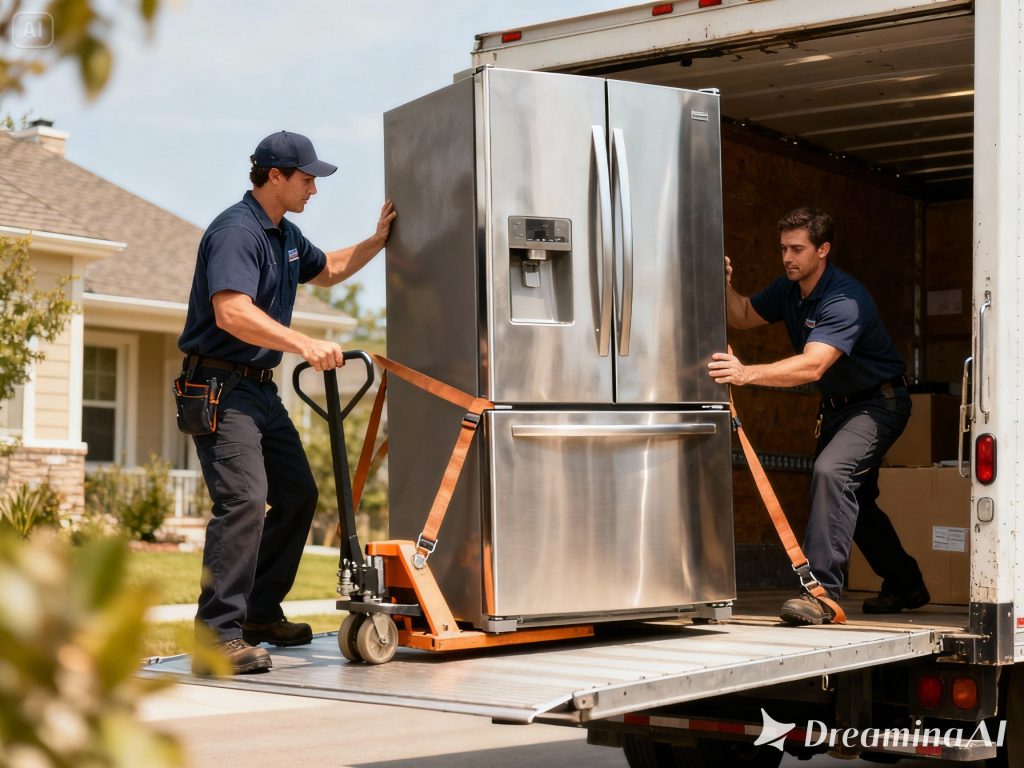
Moving an appliance doesn’t have to be stressful. With expert appliance movers, you can protect your valuable machines and enjoy peace of mind. Whether it’s a fridge, washer, or industrial oven, professionals ensure a secure and straightforward relocation. Choose a trusted appliance moving company for reliable, efficient, and damage-free service—because your appliances deserve the best care.
Smooth moves start with Buzzmoving — let us handle it all. Request your free quote now!
